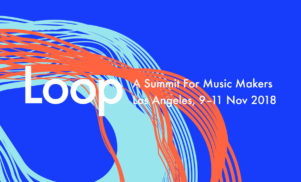A Kaoss Pad for the age of machine learning.
A Google research team exploring how machine learning can be used in the process of creating art and music has designed an experimental controller for a “neural synthesizer” that can create unique hybrid instrument sounds.
The NSynth Super is the brainchild of Magenta, a Google team that made headlines last year with NSynth, a program that takes samples of real instruments and uses neural networks to generate new sounds using their mathematical characteristics.
The interface, which looks a lot like Korg’s original Kaoss Pad effects unit from 1999, allows the user to blend their own instruments from four source sounds. Google’s demo video shows Hector Plimmer mixing two basses (“clean” and “grunge”), sitar and electric piano in different ways.
For the prototype, Magenta took 16 original source sounds across a range of 15 pitches and put them into the NSynth algorithm to precompute over 100,000 new sounds. These sounds were loaded onto the device, turning it into a kind of experimental synthesizer that can be played via a DAW, sequencer or keyboard.
If you want to buy one then you’re out of luck – the NSynth Super is a DIY project, though all the source code, schematics and design templates are available on GitHub if you want to build your own.
NSynth and its interface isn’t the only AI music project to come out of Magenta. Last year the team showed off AI Duet, a virtual pianist that uses machine learning to analyze real pianists and play alongside you.
Read next: We Are The Robots: Is the future of music artificial?




























